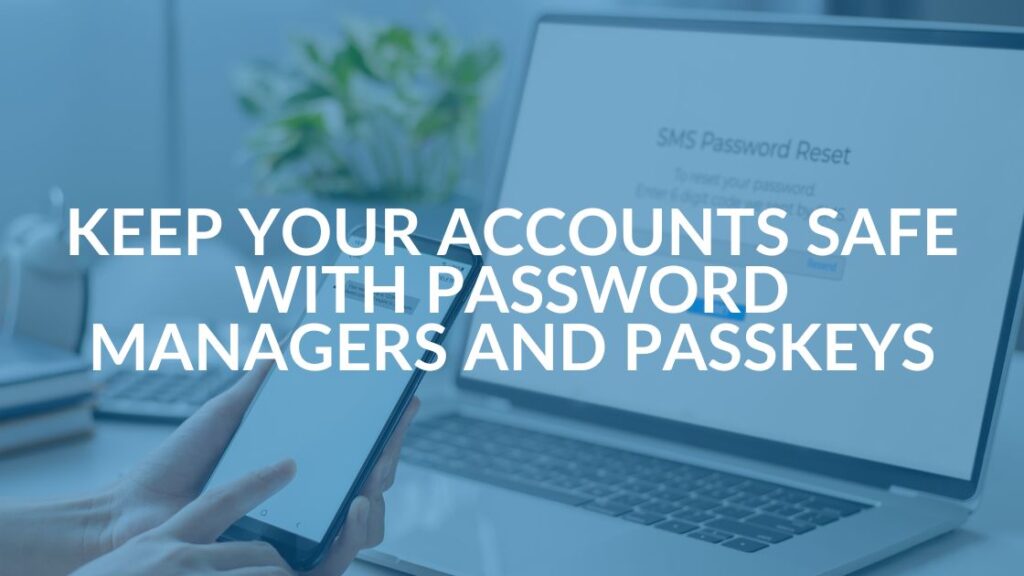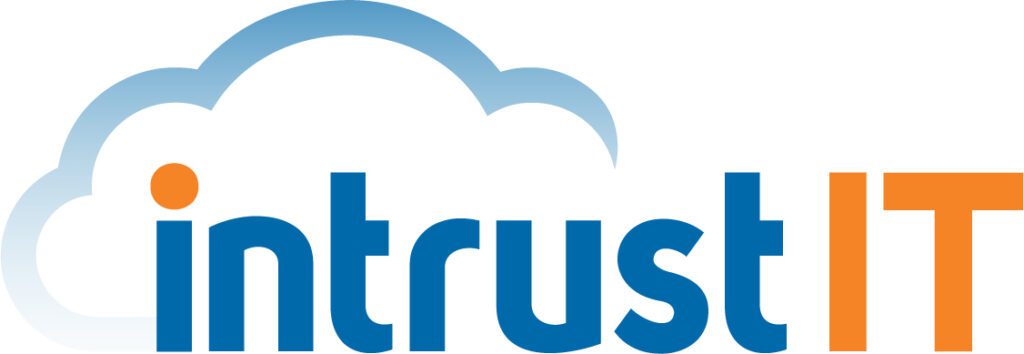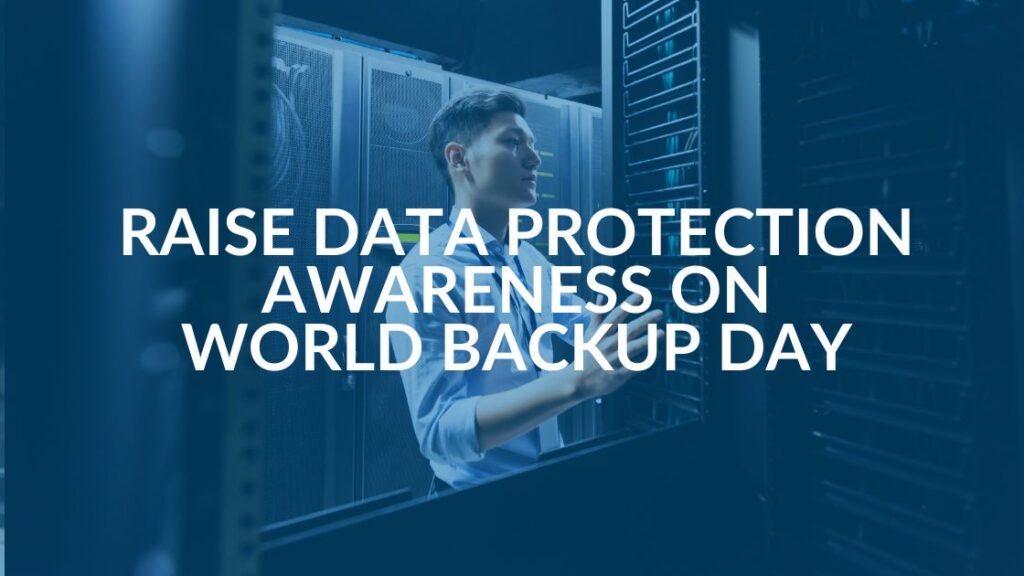Your Cloud Migration Strategy in 10 Steps

Cloud migration, simply put, is moving your digital business operations such as relevant data, applications and IT-related processes from your onsite premises to an offsite cloud. A cloud migration strategy is the process behind the move. You probably already use cloud services to store your personal photos or documents.
Unlike with those personal services that offer a simple upload procedure, moving your business data requires extensive preparation, effort and efficiency. In the end, the efforts will produce substantial savings.
Cloud Migration Strategy in 10 Steps
1. Determine Your Goals
First and foremost is to give the responsibility of this migration to a staff member who will do the research needed to determine what type of migration is best for your company and how it’s going to be done. This is not an easy task and requires an individual who knows your infrastructure well. Don’t have that person in-house? A managed service provider such as Intrust can help with this kind of IT project.
There are many decisions and technical plans that must be made, and having someone who is knowledgeable or an MSP be responsible for all aspects of the migration is critical to migration success.
2. Choose Your Level of Migration
Once that’s done and you’ve outlined your goals, determine whether or not it fits well in your typical business operations.
There are several types of cloud migration including a lift-and-shift method and a deep cloud migration. Scrutinize your current IT infrastructure, as well as your resources and budget. Understanding those resources and budget will give you a specific baseline to make informed decisions and comparisons, especially enabling you to determine the applications that you need to migrate to the cloud.
3. Analyze Your Infrastructure
Conduct a complete analysis of your infrastructure:
- How much storage do you need?
- How much data needs to be generated each time?
- Expected SLAs (service level agreements)?
- Who is going to manage your server?
This assessment allows you to identify how you can seamlessly migrate your apps, preparing you to decide on a cost-effective solution.
4. Find the Right Migration Partner
Though you can get a cloud migration partner at any time, it’s to your benefit to do it sooner rather than later. The right migration partner, such as an MSP, can make this whole process simple especially if you talk with them before starting any moves to migration. The MSP’s experts can help you prepare all the resources and required assessments without compromising your availability and productivity, giving you plenty of time to execute the migration strategy and process properly.
Their input, garnered from their thorough research, will provide you with a cost-effective cloud migration strategy.
5. Types of Clouds to Choose From
There are three choices of clouds:
- Public: Definitely the most cost effective is a public cloud format. Public clouds are flexible, adaptable and reliable. Think Microsoft’s OneDrive, Google’s Cloud, etc.
- Private. The most secure, but least cost-effective choice, private clouds are provided by a single client and maintained onsite or through a third-party provider.
- Hybrid. This option provides the best of both worlds. Hybrid is best for companies needing extensive security for some of their apps but not for others. If your company accepts credit cards, for example, you want that app to be absolutely secure. Hybrid gives you the efficacy of public cloud storage and the security of private.
6. Determine the Architecture
Before moving all that data to a cloud, take a look at your infrastructure. Study the applications you use, your available resources, budget and more. Keep a list of the apps you need to migrate and the storage needs and computing power for an efficient procedure.
7. Select a Trusted Cloud Provider
Now that you have determined what you need to accomplish, find a trusted cloud provider to meet these needs. You need a partner that can fulfill all your goals. An MSP such as Intrust can help you through the process from identifying solutions to implementation and beyond.
8. Devise a Migration Plan
It’s almost time to move but before you do, make a plan to accomplish the process seamlessly. Factors to consider:
- Minimal disruption time
- Which applications to move first
- Deadlines and critical metrics for a successful migration
- Any training necessary because of changes to end-user processes
- Potential issues you might encounter throughout the entire process and how you can overcome them
9. Execute Migration
Almost there. But first, the absolute essentials for a successful migration:
- Back up all your data. Make sure your servers and data are retrievable in preparation for a worst-case scenario.
- Deployment of cloud environment. This involves setting up the connections and other provisions for your cloud environment including testing all the individual and collective components.
- Migration. After deployment, the existing data integrates into the new cloud solution. It might take time for the first data to load because specific changes are needed to fit in the new cloud setup.
- Testing. The final step to cloud migration is testing and quality assurance. You want to make sure you haven’t missed anything, and all aspects are structurally sound. It’s also the perfect time to check whether your data is correct and your environment is fully secured. End users should not come across any issues while using the app.
10. Monitor Progress
Once the migration is complete, monitor it to recognize any recurring issues and fix them before they get out of hand. This step is particularly important in providing actionable insights right away and into the future.
That’s the 10 essentials, but keep in mind that each cloud migration is different, which is why you need to first determine your specific goals.
In a nutshell: Develop clear objectives on how the migration can best enhance your business operations, assess your current IT infrastructure then start looking for a cloud migration partner that fits your needs.
Intrust can help. We have worked with many of our clients to successfully perform cloud migration. Contact us or book a no-obligation meeting.
Share this Blog
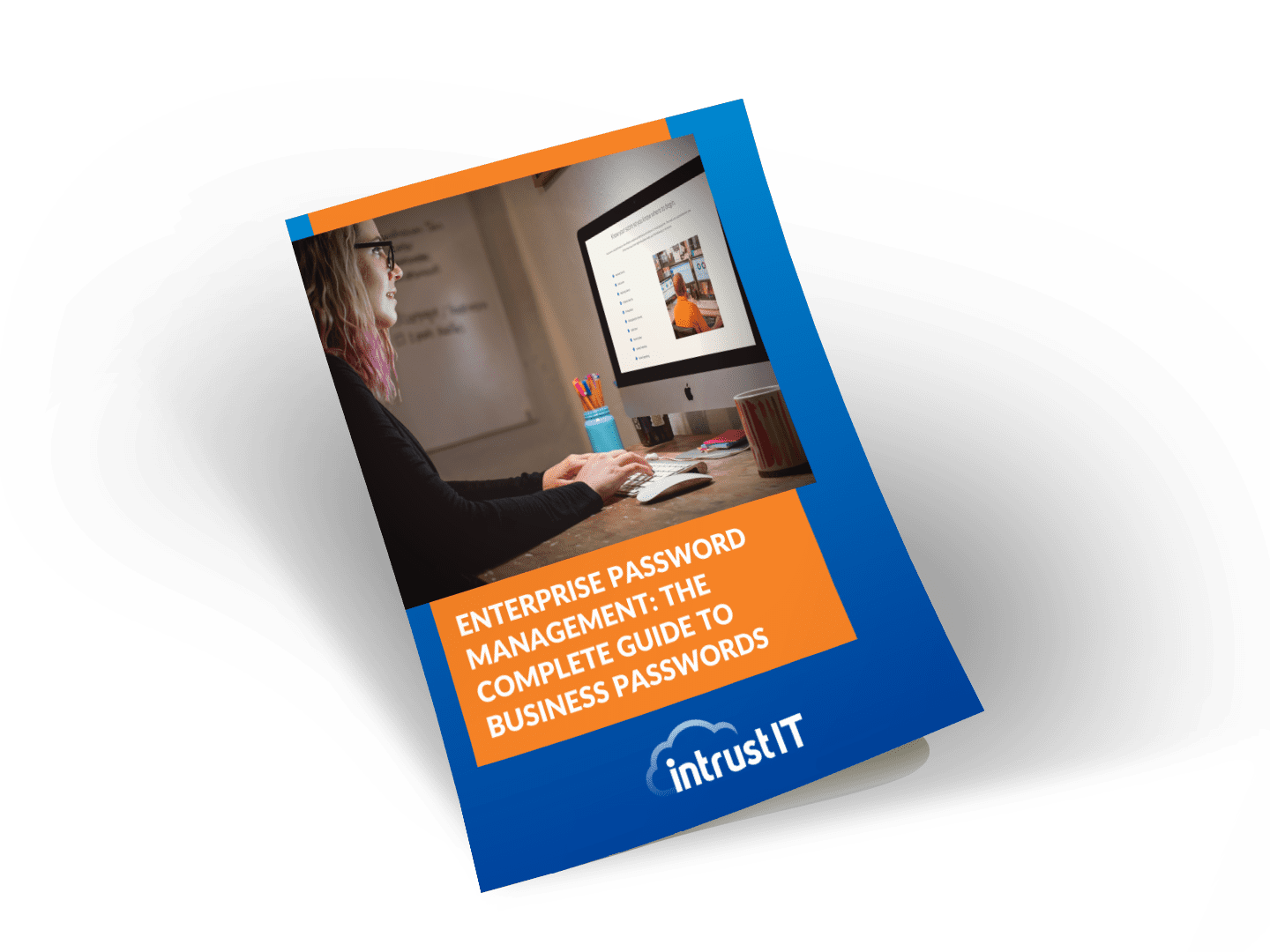
Is Your Name or Birthday a Part of Your Password?
If so, you’re a part of the 59 percent of people who don’t follow proper password hygiene. More than 70 percent of passwords are used for more than one system, meaning if cybercriminals crack one, they can access a lot more accounts.
Our free Enterprise Password Management Guide will give you the best password hygiene practices to help you secure your computer and your business.
Download the Guide
Explore the Latest Trends in IT
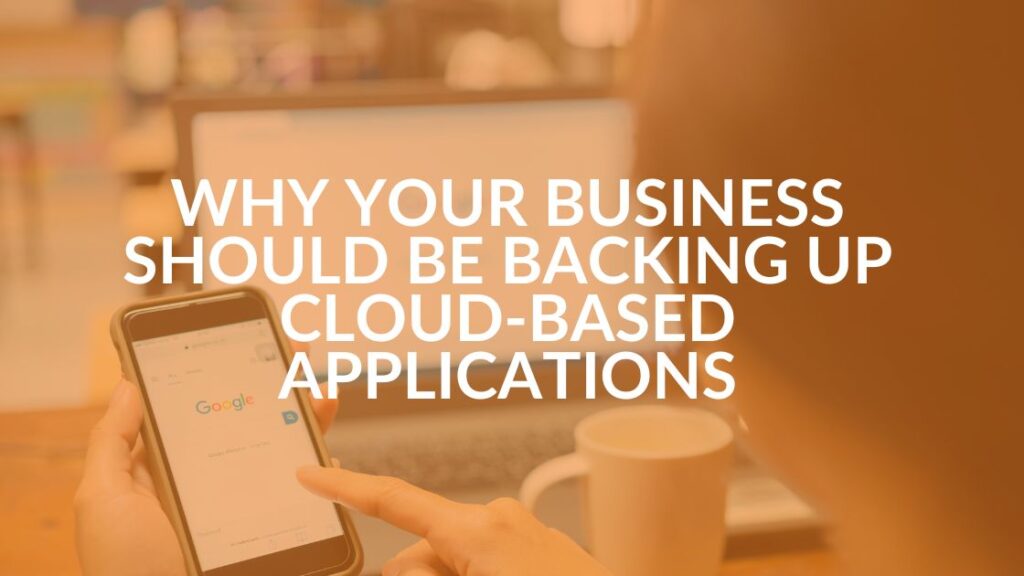
Microsoft 365 and Google Workspace: The Importance of Backing Up Your Cloud-Based Applications
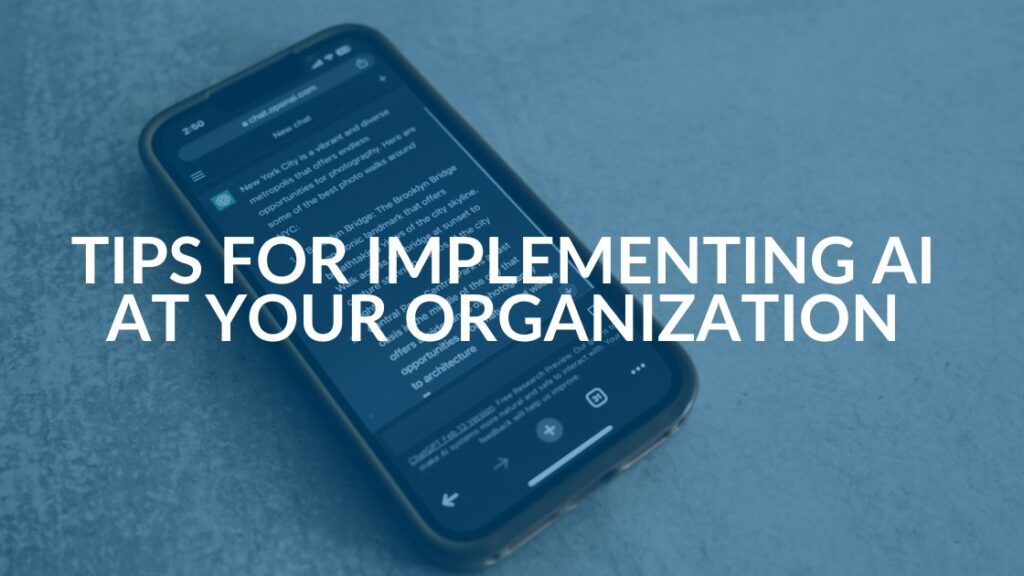
AI Guiding Principles

Edge vs Chrome Security: Which Is the Best Browser for Your Business?
